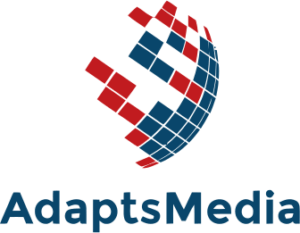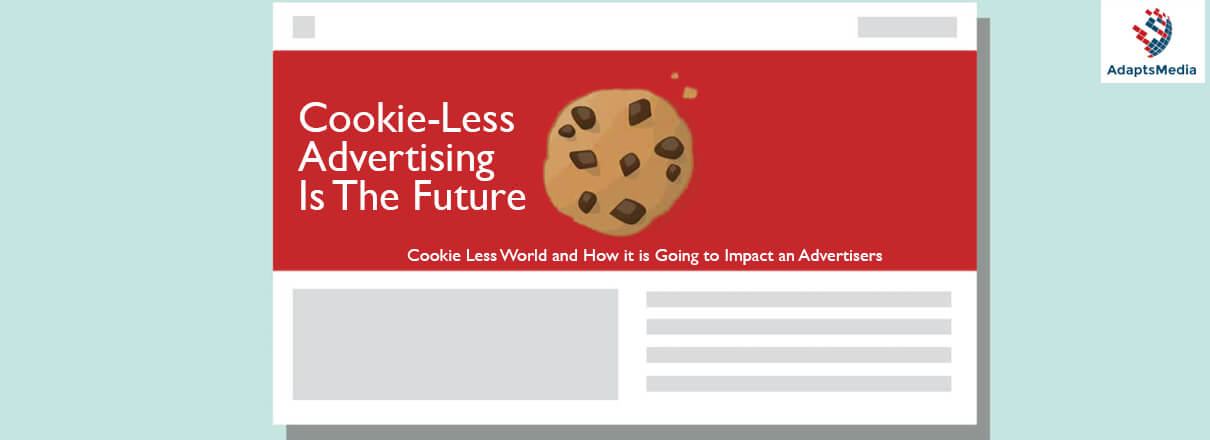In January 2020, Google announced that it plans to phase out support for all third-party cookies in its flagship browser Google Chrome. Within the next two years, all major search engines, such as Google Chrome, Safari, and Firefox will block the use of third-party cookies.
There is no denying that this will completely alter the landscape of digital advertising, as it now completely relies on third-party cookie data for data personalisation. Marketers will have to adapt to these data personalisation solutions while strategising their marketing campaigns.
So, what’s a cookie, anyway?
What are Cookies?
Cookies are small pieces of code that are placed into a user’s browser when they visit a website. Cookies usually contain two pieces of information – the name of the site and a unique user id. They sometimes also capture details such as website configuration, (for example language and preferences) login details, and products added to the cart.
What are First and Third-Party Cookies?
First-party cookies are those cookies that are owned, stored, and dropped by the website domain visited by the users. These cookies are used by the website owner for collecting analytical data, remembering preferences, and providing personalised experiences. First-party cookies will still be there and search engine giant Google has no plans to phase them out.
Third-party cookies are created and stored by organisations besides the one that the user is visiting. These cookies are dropped by the website but are not stored or owned by the website or its parent organisation.
Third-party cookies are also used for cross-site ad tracking, wider audience profiling and targeting, and personalisation in advertising. Google plans to phase out third-party cookies on its Chrome Browser, starting in 2020. They have already been blocked by default within Safari and Firefox.
How are Cookies Used for Marketing Purposes?
Cookies are strategically used to collect user data, both on the aggregate and anonymised level. This includes, clicks on the page, pages the user viewed, engagement elements, and also device IDs, names, addresses, passwords, and credit card numbers.
All types of cookies have only one goal, which is to provide a targeted experience or a personalised experience to the users. These are then used to make data-driven decisions, such as the user experience and design of the product.
First-party cookies help understand the behaviour of the visitors and remember their preferences to provide them with a tailor-made experience. First-party cookies also remember the contents you bookmarked, the articles the users read, or the progress of a video that you were watching. Marketers can use this data to personalise the website content.
First-party data collected by first-party cookies are often shared with or sold to other organisations as third-party data. Businesses can benefit from these aggregated data collected by third-party cookies if first-party cookies are non-applicable. However, it is to be noted that not all third-party audience data is generated through third-party cookies.
Organisations, in such a circumstance, can gather granular user data using first-party cookies within the websites. They can then aggregate the data within audiences and sell it to marketers for targeting and personalisation of marketing campaigns.
What are the Benefits of Using Cookies?
Both first and third-party cookies help marketers personalise the experience of the visitors with the content they engage in the most. Cookies ensure that when a user visits a website, they don’t have to alter the language or any other setting that they have personalised when they visited the website last.
Marketers also allow businesses to target users through paid advertising channels with products and messages that are relevant to individual interests. They also use these data to build an in-depth consumer profile so that they can better target the users with advertising and understand the performance of the adverts in general.
What will be the Main Implication of this Change?
Digital publishers generate a large portion of their revenue by partnering with third-party data providers who collect data via their pages. Once there is a ban on third-party cookies, this will no longer be possible. This will result in a large loss of revenue for digital publishers in the short term.
What Can Marketers Do?
Here are 5 steps that marketers can take in the cookie-less world to be well-positioned when Google’s cookie-less restrictions are finally implemented –
- Embracing Media Mix Modelling
Despite the fact that it lacks the post-view granularity that comes with cookie-based targetting, media mix modelling is the next best option that can be implemented. It helps advertisers optimise their digital media buying. One of the effective strategies to leverage media mix modelling is to strategically use the metrics provided by Google and other major platforms.
- Building Own Customer Data Platform
This can be a great strategy to thrive in the cookieless world. It’s high time for businesses to start building their own data sets, in the next 12 to 24 months. They can build and centralise all the data that they have collected, including legacy and third-party data, in a single go-to internal repository.
The centralised database must have phone numbers, emails, geographic locations, over-the-top IP addresses and other key customer identifiers that combine to form a distinctive identification.
- Adopting Alternatives to Cookies
It’s expected that tools to identify and track users, while providing additional privacy protections will be developed, before or shortly after Google phases out third-party cookies. Adopting these alternatives to cookies can boost digital marketing endeavours.
- Strengthening Relationships with Google, Facebook, Apple, and Amazon
Brands are going to rely more on data provided by the dominant publishers. One way to leverage the power of data is to implement strategies to consolidate digital spending and ensure that major platforms like Google share additional insights about visitors.
- Educating the Entire Organisation
Not every department of the organisation will understand the implications it could have in the digital eco-space once Google decides to phase out third-party cookies, starting from ad spending to business development initiatives.
Marketing departments must partner with ad tech partners to educate the stakeholders that cookieless tracking will soon be the future. They must explain to them how it would impact digital marketing activities and how analyzing and tracking would progress.
So, here was a detailed analysis of the cookie-less world and its implications on marketers. We have also shared detailed insight into what they can do once Google phases out third-party cookies. Do let us know in the comment section how well prepared you are for the cookie-less world and what measures you intend to undertake once it’s implemented.
Don’t miss out on the opportunity to gain a competitive edge. Contact our team for expert assistance.

